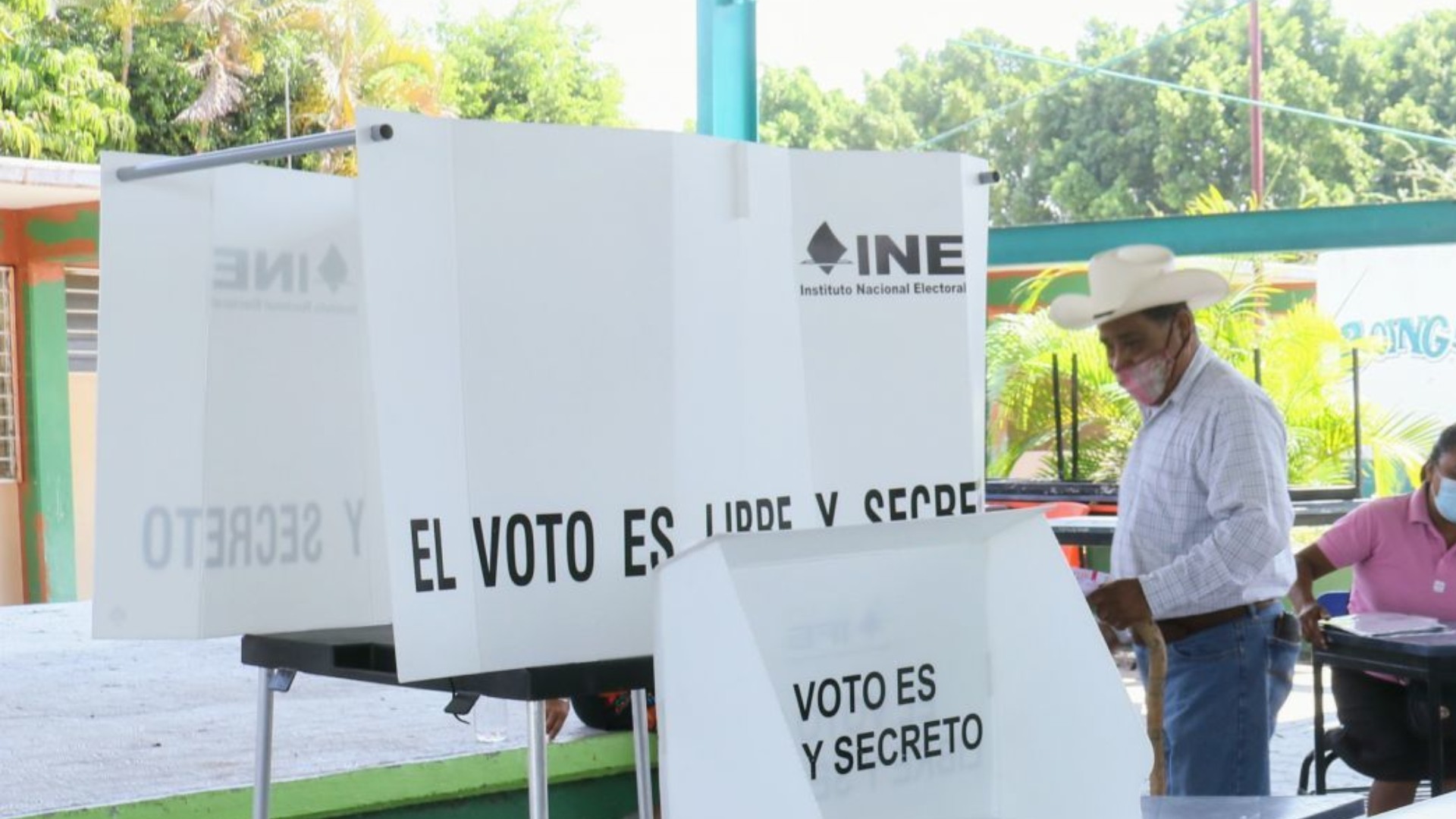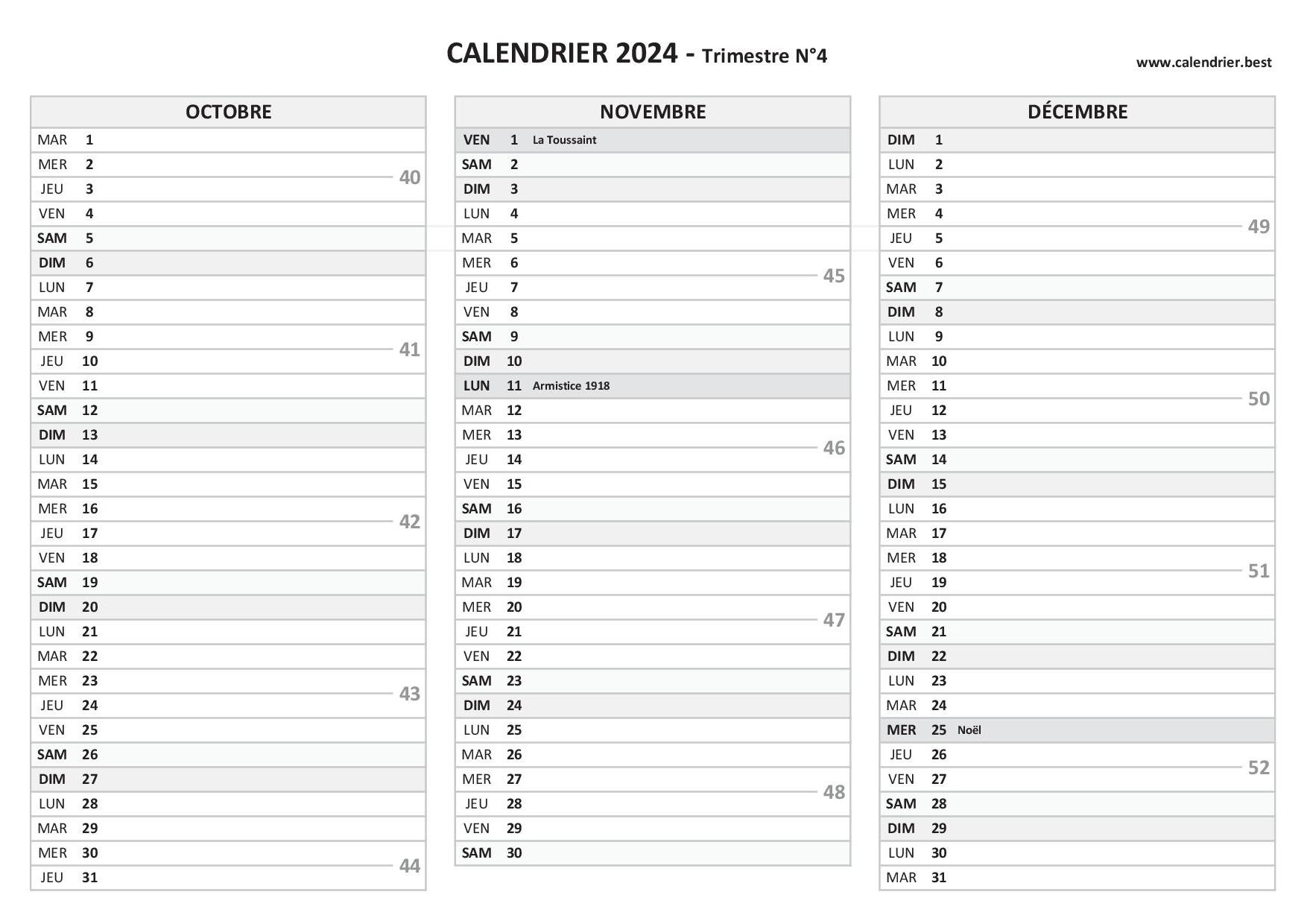Eurovision Voting Explained: A Breakdown Of The Process

Table of Contents
The Two Voting Systems: Jury and Televoting
The Eurovision Song Contest utilizes a dual voting system, ensuring a balanced and fair result. The final score for each participating country is a 50/50 split between two crucial components: the jury vote and the televote. This balance is crucial to prevent bias from either professional opinions or public enthusiasm alone.
-
Jury Voting: Professional music industry experts from each participating country, carefully selected to avoid conflicts of interest, independently score the performances. Each jury member awards points from 1-8, plus 10 and 12 points, reflecting their ranking of the songs. The anonymity and independence of the juries are designed to minimize external influence and ensure objective assessment. This part of the Eurovision scoring process adds a layer of critical evaluation to the proceedings.
-
Televoting: Viewers in each participating country vote for their favorite acts via phone, SMS, or dedicated Eurovision apps. These votes are tallied nationally, providing a direct reflection of public opinion and preference for the songs. This aspect of the Eurovision voting system gives the public a powerful voice in determining the winner.
The combination of jury and televoting in the Eurovision points system is designed to offer a comprehensive perspective, avoiding the potential pitfalls of relying on a single source for assessment. It allows for a balanced result reflecting both critical acclaim and popular appeal.
The National Scoring Process
Each country's votes are calculated separately, ensuring a fair and transparent national result in the Eurovision scoring process. The process involves several key steps:
-
National jury scores are tallied. Points are allocated based on the ranking provided by each jury member. The highest-ranked song receives 12 points, the second-highest 10 points, and so on down to 1 point for the eighth-ranked song.
-
National televotes are tallied. The votes are aggregated to determine the overall public preference. This portion of the Eurovision voting process showcases the power of public support.
-
The national result is a precisely weighted 50/50 split between the total jury points and the total televote points. This ensures that both professional and popular opinion are equally influential in determining each country's final score.
It's important to note that no country can vote for itself. This prevents any potential for self-promotion or manipulation of the Eurovision results.
Announcing the Results and Point Allocation
The announcement of points adds to the drama and suspense of the Eurovision Song Contest. Spokespersons from each participating country reveal their national scores, one by one.
-
The order of point announcements is often varied to maintain suspense. This aspect of the Eurovision voting process is carefully managed to maximize the entertainment value.
-
The reveal builds tension, with higher-scoring countries often announcing their points later in the process to maximize the dramatic effect.
-
The impact of a high-scoring country announcing points later can significantly alter the leaderboard, leading to last-minute shifts in the standings. This element makes the Eurovision results announcement a truly gripping spectacle.
Large scoreboards and visual representations help viewers follow the accumulating scores. This aspect ensures the Eurovision voting process is transparent and easily understood.
Addressing Common Misconceptions About Eurovision Voting
The Eurovision voting system is sometimes subject to misconceptions and criticisms. Let's address some common concerns:
-
Political Voting: While neighboring countries sometimes show a tendency to vote for each other, the sheer volume of votes from across the continent makes it highly unlikely that political influence alone can determine the winner. The 50/50 split between jury and televote further mitigates any potential political bias.
-
Fairness: The Eurovision voting rules are designed to promote fairness and transparency. The use of juries and televoting provides a broad perspective, balancing critical assessment with popular opinion. The detailed rules and regulations further ensure a fair competition.
-
Neighboring Country Bias: While some level of regional voting patterns might be observed, the influence is diluted significantly by the vast number of participating countries and the inclusion of both jury and televoting. This aspect of Eurovision voting is continually reviewed and refined to minimize biases.
The Eurovision Voting Rules and Regulations
For a detailed understanding of the rules and regulations, refer to the official Eurovision website (link to official website here). The rules undergo periodic review and updates to ensure transparency and fairness.
-
Changes to Voting Rules: Over the years, the Eurovision voting system has undergone several adjustments to improve fairness and address emerging issues.
-
Recent Changes: Any recent updates to the rules should be noted here (insert details of recent changes if any).
-
Transparency: The Eurovision voting process strives for maximum transparency, with detailed information available to the public and the media.
Conclusion
This comprehensive overview of Eurovision voting has clarified the intricate process of how points are awarded, from national jury and televoting to the final announcement. The system's balance between jury and public opinion aims for a fair and representative result, although debate and analysis around the system continue each year. Understanding the Eurovision voting system enhances your enjoyment of the contest. So, next time you watch Eurovision, you'll have a deeper appreciation for how the winner is chosen. Learn more about the Eurovision voting process and dive deeper into the fascinating world of Eurovision scoring!

Featured Posts
-
 Eurovision 2026 Oernskoeldsviks Intresseanmaelan
May 19, 2025
Eurovision 2026 Oernskoeldsviks Intresseanmaelan
May 19, 2025 -
 Behind The Glamour The Financial Challenges Faced By Wives Of A List Stars
May 19, 2025
Behind The Glamour The Financial Challenges Faced By Wives Of A List Stars
May 19, 2025 -
 Correismo Impugna Prohibicion De Celulares En Segunda Vuelta Electoral
May 19, 2025
Correismo Impugna Prohibicion De Celulares En Segunda Vuelta Electoral
May 19, 2025 -
 Advanced Postman Usage Tips For Experienced Users
May 19, 2025
Advanced Postman Usage Tips For Experienced Users
May 19, 2025 -
 Credit Mutuel Am Analyse Des Resultats Du Quatrieme Trimestre 2024
May 19, 2025
Credit Mutuel Am Analyse Des Resultats Du Quatrieme Trimestre 2024
May 19, 2025
